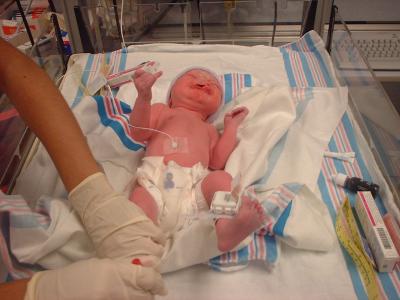
THE BIRTH DAY 09/28/02Cleft lip and cleft palate are congenital birth defects, which occur very early in pregnancy. The majority of clefts appear to be due to a combination of genetics and environmental factors. The risks of recurrence of a cleft condition are dependent upon many factors,including the number of affected persons in the family, the closeness of affected relatives, the race and sex of all affected persons, and the severity of the clefts.
|

MY FIRST SPONGE BOB BATHA cleft lip is a separation of the two sides of the lip. The separation often includes the bones of the upper jaw and/or upper gum. A cleft palate is an opening in the roof of the mouth in which the two sides of the palate did not fuse, or join together, as the unborn baby was developing. |

JOAN A SAINTChildren born with clefts or other craniofacial conditions often face multiple, complex health problems. Experience has shown that these complex issues can best be managed by an interdisciplinary team of specialists who work together, and with the family, to create and update the child's health care plan. |

THE TEAM OF SPECIALISTSShown in the photo
is a nurse,
maxillofacial surgeon,
medical director,
pediatric dentist,
orthodontist,
pediatrician,
social worker,
coordinator,
Ear Nose & Throat,
Audiologist,
& Speech Patholoigist.
|
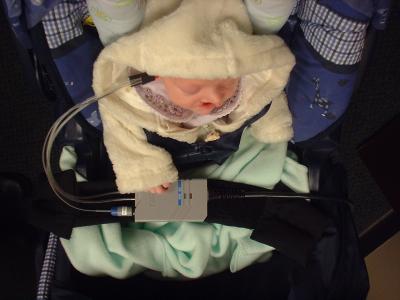
MY FIRST HEARING TESTChildren who have cleft palates are more likely to experience hearing loss than are other children. It is very important that hearing loss be detected and treated as early as possible. |
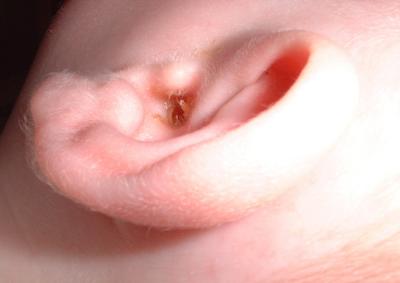
CLEANING OF THE EARYour baby's ears are self-cleaning. Just wipe gently round the openings with damp cotton cloth.
|
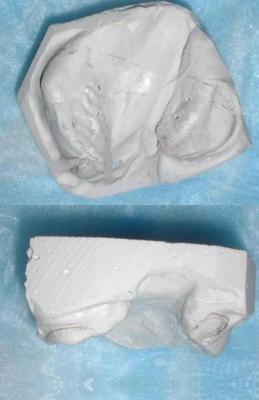
MAJOR FIRST STEPThe Latham device is indicated for babies with complete clefts of the lip and palate, which are widely spaced.The Latham device is designed to bring the two pieces of the cleft palate closer together and make the lip repair easier. |
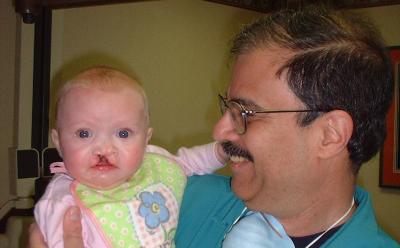
THAT'S NOT MILK!!!!!Stella will make her first appearance with Dr. Halofsky, a Pediatric dentist. A facial impression and x-rays are also taken at this time. |
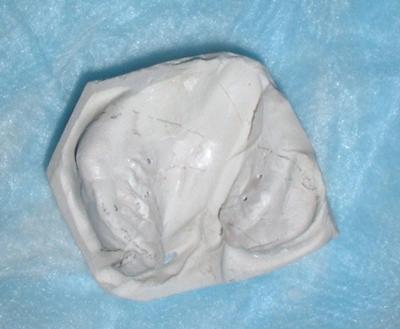
2 INFANT MOLD |
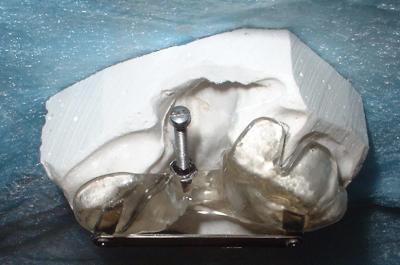
LATHAM DEVICEDr. Ralph Latham, inventor of this device, custom makes all of the Latham Devices. The appliance is placed 1 to 4 weeks after the baby’s first visit to the Plastic Surgery clinic. |

The Latham DeviceThis is a picture of the Latham Device before it is surgically placed in the patient. Notice at the top of the picture the screw in the area where the cleft is in the maxilla. |
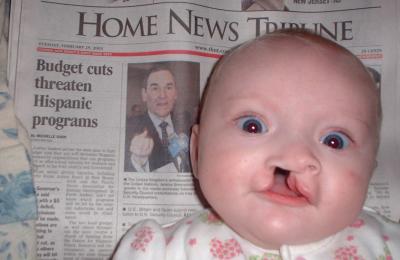
PRE-OPERATION DATE 02/25/03You will be notified on feeding times for the child before the operation. The child should sleep soundly through the night, can’t say much for the parents sleep. Too much anxiety for the child’s first down under so to say. The operation took less than 45 minutes, the baby was more than happy to vacate the recovery room, and “so was the staff ”. |











